The matter of consciousness

Consciousness – the inner, subjective experience of the mind - is central to our daily lives. We all have consciousness, yet how and why it arises remains one of the most intriguing questions in science. The search for the brain activity that underlies consciousness- known as the neural correlate of consciousness- has recently shifted focus from cortical structures and cognitive functions such as perception, learning, memory and language to brainstem structures and affective functions such as emotion, feeling and mood. This follows the novel hypothesis of Solms & Panksepp [1] that the foundation of consciousness is brainstem arousal and modulation of cortical perception and action selection, and not the cortical functions themselves. Simply put, subjective feelings are the values that enable us to make voluntary choices that maintain physiological stability, otherwise known as homeostasis. Since the function of homeostasis was previously reduced to a series of algorithms [2], Solms & Friston [3] reduced the extended homeostatic function of feeling to a further series of algorithms that can now be practically implemented, developed, challenged and studied in an artificial agent.
A team of scientists, led by Professor Mark Solms, seeks to understand consciousness through its replication and simulation in an artificial agent. Drawing on the team’s diverse expertise in Neuropsychology, Cognitive Neuroscience, Computational Neuroscience, Biophysics, Artificial Intelligence and Robotics, the goal is to design and evolve an artificial agent equipped with three conflicting categories of need, upon which its existence depends; the need to find energy resources, to avoid structural damage, and to recuperate through rest. The agent must learn to meet these needs by trial and error, followed by counterfactual planning, in changing, uncertain and progressively complex environments.
This research should yield fundamental new insights into the functional architecture of affective consciousness at a mechanistic level and in doing so, it may provide new understandings of cognition and subjective experience. Certainly, "a revelatory new theory that returns emotions to the centre of mental life."
Professor Solms is the Director of Neuropsychology in the Neuroscience Institute at the University of Cape Town. He is internationally recognised for his pioneering work in the fields of neuropsychology and affective neuroscience and best known for identifying the brain mechanisms of dreaming and for integrating psychoanalytic insights with modern neuroscience.
Recipient of the pre-eminent Harry Oppenheimer Fellowship and Medal, Mark has spent his entire career investigating the mysteries of consciousness, and discovering how subjective feelings arise from physical processes has been a lifetime’s quest.
The Oppenheimer Memorial Trust awarded a catalytic grant of R1.9million to support these proof of concept research endeavours that seek to understand how, and why, the mind works. ‘We are extremely grateful to organisations such as the Oppenheimer Memorial Trust that empower our blue-sky research aspirations through such generous philanthropic funding. This allows us to pursue some of the most interesting questions at the frontier of science’, says Professor Graham Fieggen, Director of the Neuroscience Institute. Funding of this nature allows for high-risk, high-reward research that is often passed up in favour of research that meets immediate needs or is disease focussed. But, this research has the potential to yield answers about what it fundamentally means to be human, what could be more ground-breaking?
1.Solms, M. & Panksepp, J. (2012) The ‘id’ knows more than the ‘ego’ admits: Neuropsychoanalytic
and primal consciousness perspectives on the interface between affective and cognitive neuroscience. Brain Sciences, 2: 147-175.
2.Friston, K. (2013) Life as we know it. Journal of the Royal Society Interface, 10: 20130475.
3.Solms, M. & Friston, K. (2018) How and why consciousness arises: some considerations from physics and physiology. Journal of Consciousness Studies, 25: 202-238.
